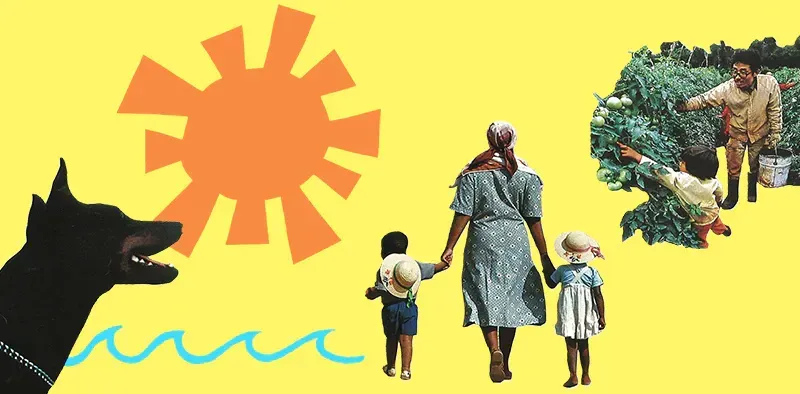What a zine is and why you could (and should!) make one

Zines (pronounced “zeens”) first rose in public consciousness in the 1980s, with Riot grrrl, as a form of taking the power of production and spreading of counter-cultural voices that mainstream media at the time would not recognise. Personal experiences that were seen as unfit for public dissemination found their place in zines.
These independently published magazines, are generally produced on a photocopier or printer, and stapled together without any fancy binding. They’re then distributed for free (or for a nominal fee) by putting copies in cafes and libraries.
This sounds like a model begging to be disrupted by the internet. Yet surprisingly, the opposite has been the case. Zines are going stronger than ever.
Auckland Zinefest brings us a Summer Zinefest 2018 on March 3, it’s a fitting time to have a chat with Zinefest treasurer Camila Araos Elevancini about what zines are, why they’re still relevant and how artists can (and should!) get involved in the zine scene.
Real anonymity
Anonymity is a key aspect of zine publishing. Zines offer true anonymity—anything you produce is just a bit of paper in a cafe. There’s nothing to tie it to you, and there’s no digital footprint the likes of which we leave online.
Somewhat paradoxically, it’s also harder to get online content in front of people. “When you publish a blog,” Camila says, “maybe people won’t read it—it’s not as personal as a zine can be. There’s something really nice about holding something that someone has made or written by hand. It makes you feel like you’re part of something.”
This means you can stretch yourself in ways that may be harder to do. Camila told me about some very raw, insightful writing about an author’s struggle with mental health. Sometimes, this kind of vulnerability is just not possible if you think you can be identified—so with zines, you can stretch your emotional muscles and really see what you can create.
No constraints
Constraints can be useful for developing your skills, but they can also be just that—constraints. Zines have no constraints whatsoever. There’s no editor, no publisher (except you), no word counts or agendas. You can create anything you want in a zine. Again, this gives artists the ability to take risks and try new things with a completely blank page.
All kinds of artists create zines, too. Writers, photographers, fashion designers—it’s a medium that is open to anyone.
At the same time, a zine is a relatively small scale project. So you can start small, and gradually build your way up, rather than tackling a giant project that quickly becomes overwhelming.
Collaborative community
Zine publication isn’t a solo effort. As Zinefest shows, there’s a humming collaborative community of zine publishers. These people work together, produce work with their complementary skills, and learn from one another.
“The zine community helps artists meet other artists with complementary skills, and hone their crafts,” says Camila. “Zines helped me learn how to write, and how to use design software.” She now applies those skills in her day job.
Zinefest
Zinefest is an event where the zine community can come together, and introduce people to zines. “It’s an event where zinemakers can show their work. We also do workshops, where we teach people how to make a zine—it’s really easy!”
Camila reckons Zinefest is good for anyone who wants to get their thoughts out to the world, but she particularly recommends young artists start publishing zines. “It’s therapeutic, it helps you refine your skills, and it’s fun!”
But what do they look like? Click here to see some examples.
Zinefest is at Auckland Central Library, March 3, 12pm to 4pm, and it’s free! Find out more here.